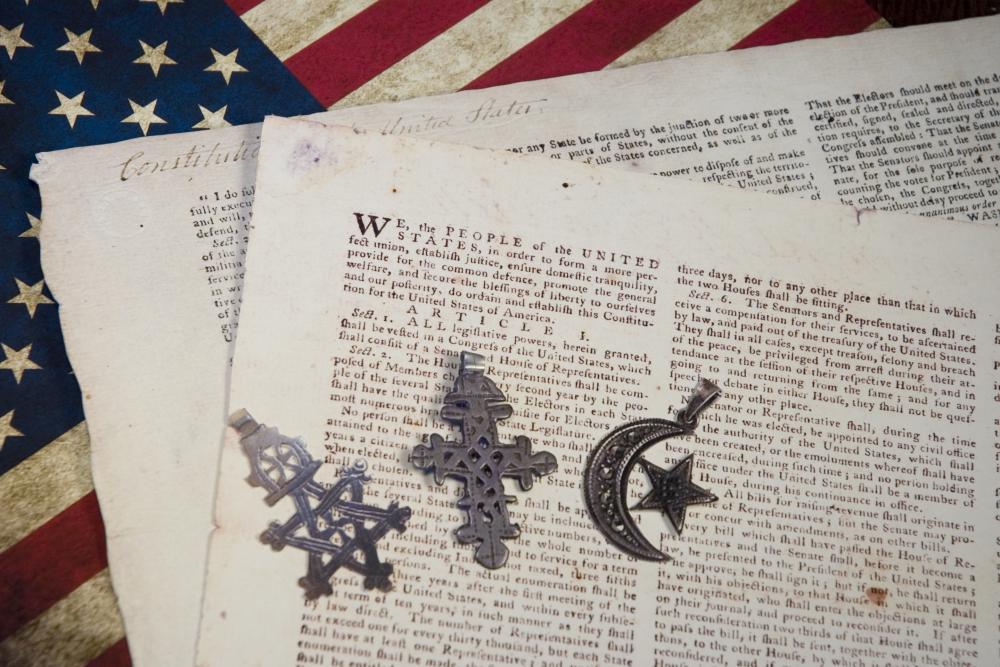At MyLawQuestions, we're committed to delivering accurate, trustworthy information. Our expert-authored content is rigorously fact-checked and sourced from credible authorities. Discover how we uphold the highest standards in providing you with reliable knowledge.
What Does "Protected Class" Mean?
A protected class can be defined as a group sharing some similar characteristics that cannot legally face some forms of discrimination. This term is used extensively in US law to define and refer to people who might be objects of prejudice. At the federal level, color, race, national origin, and religion are some of the classes. The US also views disability, age, and sex as protected. Additionally, veterans cannot face some forms of discrimination, and employers or health insurers can’t discriminatorily use a person’s genetic information.
There are many key pieces of legislation that define protected class status. In the US, the Civil Rights Act of 1964 made certain the protected classes of race, color, and religion, to name a few, had fair voting access, and equal access to public buildings and grounds. It is especially known for forbidding discrimination in the work force and for beginning the desegregation of schools in the South. Other landmark US laws are The Americans with Disabilities Act, The Age Discrimination in Employment Act, and The Vietnam Era Veterans Readjustment Assistance Act. Each of these and many additional laws define a protected class or determine what protections that class possesses.

No member of a protected class is sheltered from discrimination at all times. There will always be prejudice. The laws that speak to protection are typically concerned with things like equal access to transportation, public buildings, housing, and voting. They also address education, employment, and government services. In the areas defined by legislation, a member of a protected class must be treated no differently than anyone else.

The actual classes can be very diverse, as mentioned above. Some of them support civil rights like the freedom to practice religion. Others are more concerned with prejudice on the grounds of a person's race, ethnicity, sex, or age. Disability and veteran status are vital, too. People can belong to more than one class.
Some protected classes aren’t federally recognized. The US government doesn’t recognize sexual orientation or transgendered status as grounds for protection, though about 10% of the states do. Many regional laws also protect family status, especially when it comes to housing rights for couples with children.

Creating a protected class and defining its rights is a way of trying to make some aspects of life fairer. It is an extension of the early American ideals that embrace liberty. Fully defined laws concretely guard certain rights and try to address ongoing discrimination. Not all people are fans of these laws, though, believing they interfere with personal freedoms. Conversely, others argue that stronger and more inclusive legislation should be enacted.
AS FEATURED ON:
AS FEATURED ON:















Discuss this Article
Post your comments